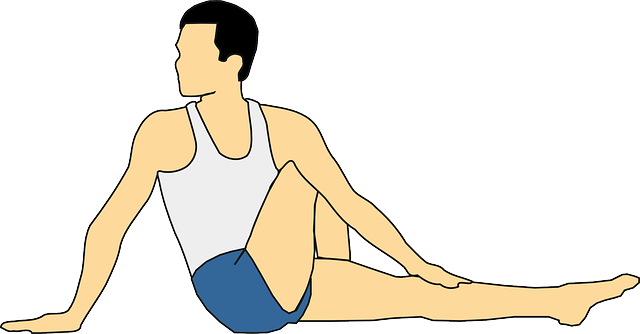Stretching by definition is a form of physical exercise in which a specific muscle or muscle group is purposefully stretched or flexed in order to improve the elasticity and achieve comfortable muscle tone.
Have you ever been told that you do not get any benefit unless you hold a stretch, don’t bounce while stretching or you could tear the muscle or that if you do not stretch before exercise that you could hurt yourself? These have all been proven to be wrong. How often should you be stretching and for how long? The American College of Sports Medicine believes that stretching each major muscle group at least 2 times per week for 60 seconds per exercise.
What are the benefits of stretching? Although studies have mixed results some do show that stretching helps. Some of the benefits are but not limited to improving flexibility and range of motion in joints, improving athletic performance in some sports and increasing blood flow to the muscles.
There are a few different types of stretching: static, dynamic, passive and active.
Static stretching is the most common. Holding a stretch in a challenging but comfortable position for approximately 30 seconds to 2 minutes. This type of stretch is good for lengthening tight muscles and to improve balance, stress and tension. Studies have shown this type of stretch can decrease performance by tampering with explosive ability and strength output.

Dynamic stretching involves moving through a challenging but comfortable range of motion repeatedly. This is good for preparing the body for physical exertion and sports performance by increasing range of motion blood and oxygen flow to soft tissues prior to exertion.

Passive stretching involves using body weight, a strap, leverage, gravity, another person or a stretching device. You want to relax the muscle wanting to be stretched and rely on a external force to hold it.

With active stretching you want to be actively contracting the muscle in opposition to the one you are trying to stretch. Relax the muscle you want to stretch then contract the opposing muscle to initiate the stretch. This prepares the muscle for action by activating and warming up.
References
humankinetics.com
https://en.wikipedia.org/wiki/stretching
www.webmd.com/fitness-exercise/guide/hot-to-stretch
www.sportsscience.ca
http://www.mayoclinic.org/healthy-lifestyle/fitness/in-depth/stretching/art-20047931

